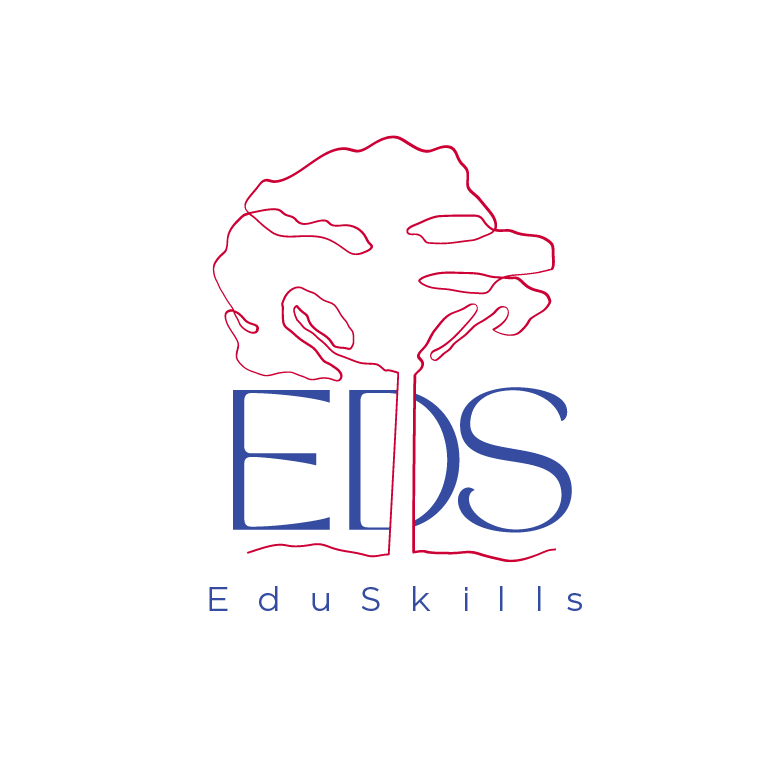Engaging Multilingual Families
Since the early 2000s, numerous studies have demonstrated the relationship between family engagement and student outcomes (Arias & Morillo-Campbell, 2008; Giles, Henderson & Mapp, 2002; Howard, et al., 2018; Sibley & Dearing, 2014; Yulianti, et al 2021). For this reason, there is no doubt that most school district educators are aware of the benefits of engaging families in the education of their children, but too often educators get discouraged by the lack of family involvement and turn their efforts elsewhere. For a variety of reasons, the challenges of engaging families are more pronounced with multilingual families who may not be proficient in English. While teachers are key agents in engaging families, family engagement to support multilingual families requires transformational school leadership to set the tone and expectations for relationship building with multilingual families and parents (Yulianti, et al 2021).
There are several proven methods that effective school leaders can implement to increase family engagement among multilingual families, including:
Recognize that parents of ethnically and linguistically diverse students have high aspirations for their children and want to be involved in promoting their academic success, but sometimes they just don’t know where to start.
Instead of focusing on the lack of English proficiency, highlight the assets that multilingual families bring to the school and community. Ethnically and linguistically diverse families bring a wealth of knowledge and experience that can help your school community grow.
Create parent advisory committees with parent volunteers who are willing to help welcome new families. This is a great way to involve families that may have been in the school system and understand the challenge of navigating a new system.
Provide resources to help parents better understand the school system and provide guidance related to opportunities to become more involved in the schools.
Hire bilingual support staff that can build stronger ties with students and families.
Provide language support and adult programs for speakers of languages other than English: Multilingual families may face language barriers that hinder their engagement with the school. Schools can offer translation and interpretation services in multiple languages, as well as multilingual sign and materials translated into other languages to ensure that all families can access the information they need to support the academic success of their children.
Host events lead by parents of ethnically and linguistically diverse students. For example, allow parents to organize a night to teach others about their languages and cultures.
Integrate opportunities for families to share literature, music, art, and other cultural resources that reflect the diverse backgrounds of the families.
Offer English classes to support their efforts toward transitioning into the community.
Use technology and texting features to facilitate communication: Using bilingual communication technology tools can support federal parental communication requirements, and it can help overcome language barriers. Schools can take advantage of texting translation software, multilingual websites, and social media platforms to provide information to families in their preferred language.
Implementing these strategies will lead to higher levels of parent involvement, increased academic performance and higher attendance among students. Promoting engagement among ethnically and linguistically diverse families requires a concerted effort of all staff members to overcome obstacles, create an inclusive environment, and build relationships with families. By adopting the strategies mentioned above, educators and school leaders can help ensure that all families feel welcome and involved in their child's education.
To learn more about policy requirements and strategies to support Multilingual families, listen to our Engaging Multilingual Families webinar below.
Click here to download Dr. Holbrook’s slide presentation.
Click here to download Dr. Forbes’ slide presentation.
Click here to learn more about EduSkills Family Engagement Platform services.
References:
Arias, M. B., & Morillo-Campbell, M. (2008). Promoting ELL parent involvement: Challenges in contested times. Tempe, AZ, and Boulder, CO: Education Policy Research Unit and Education and the Public Interest Center. Retrieved from ERIC database. (ED506652)
Henderson, A. T., & Mapp, K. L. (2002). A new wave of evidence: The impact of school, family, and community connections on student achievement. Austin, TX: National Center for Family and Community Connections with Schools.
Howard, E. R., Lindholm-Leary, K. J., Rogers, D., Olague, N., Medina, J., Kennedy, B., Sugarman, J., & Christian, D. (2018). Guiding Principles for Dual Language Education(3rd ed.). Washington, DC: Center for Applied Linguistics.
Sibley, E., & Dearing, E. (2014). Family educational involvement and child achievement in early elementary school for American-born and immigrant families. Psychology in the Schools, 51(8), 814–831.
Hoover-Dempsey, K. V., Walker, J. M. T., Sandler, H. M., Whetsel, D., Green, C. L., Wilkins, A. S., &
Auerbach, S. (2012). Conceptualizing leadership for authentic partnerships. In S. Auerbach (Ed.), School leadership for authentic family and community partnership: Research perspectives for transforming practice (pp. 29–51). New York, NY: Routledge.
Yulianti, K, Denessen, E., Droop, M., & Veerman G. (2021). Transformational Leadership for Parental Involvement: How Teachers Perceive the School Leadership Practices to Promote Parental Involvement in Children’s Education. Leadership and Policy in Schools, 21(2), 277-292.

